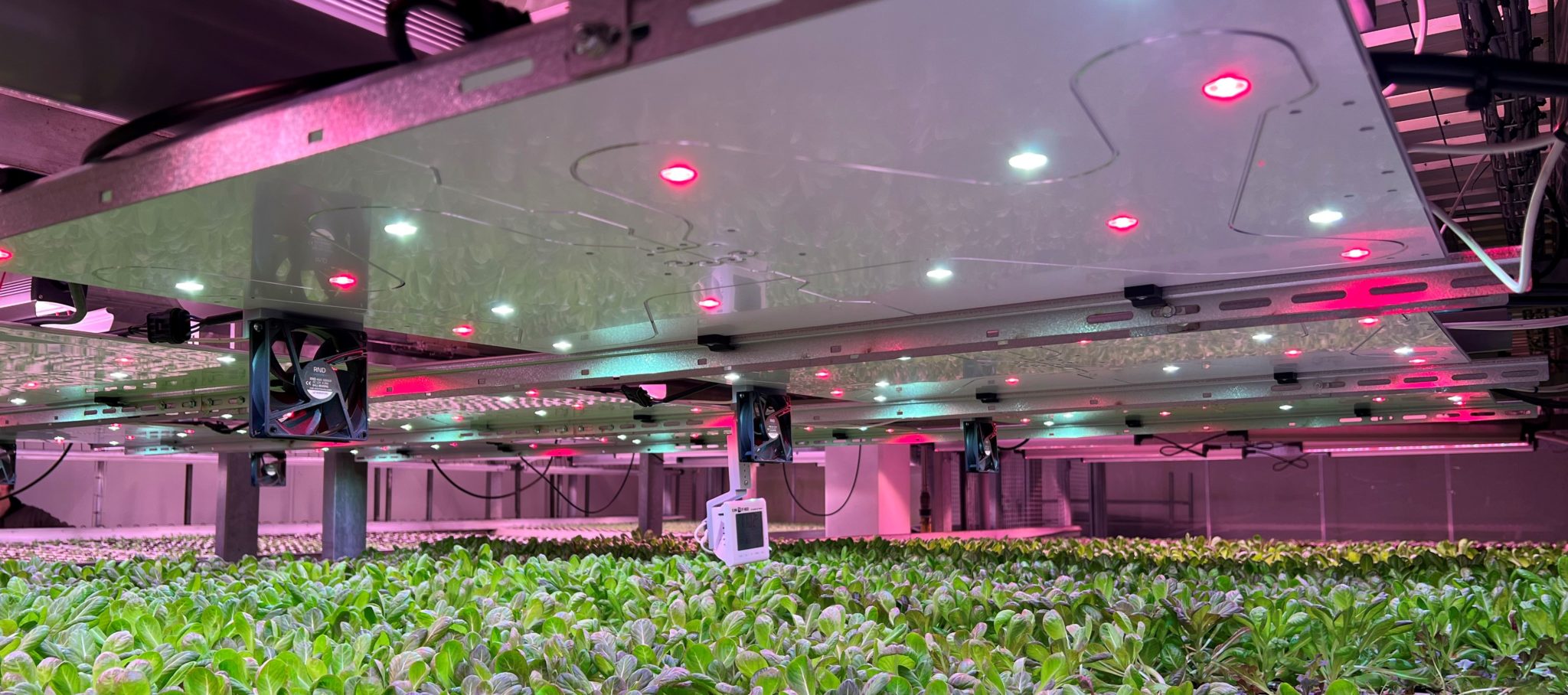Agriculture, the backbone of human civilization, is constantly evolving. Here's a look at ten cutting-edge advancements transforming the way we grow our food:
1. Vertical Farming: Imagine skyscrapers dedicated to growing crops! This space-saving method uses hydroponics or aeroponics to cultivate greens,
fruits, and herbs indoors under controlled conditions.
vertical farm with stacked layers of plants growing under LED lights
2. Precision Agriculture: Harness the power of data! Precision agriculture utilizes sensors, drones, and satellite imagery to monitor soil health, crop growth, and weather patterns, allowing for targeted resource use and improved yields.
farmer using a tablet in a field to view data about soil health and crop growth captured by a drone
3. Aquaponics: This symbiotic marriage of fish farming and hydroponics combines the best of both worlds. Fish waste provides nutrients for plants grown in water, while the plants filter the water for the fish. Aquaponics creates a closed-loop system for sustainable food production.
aquaponics system with fish tanks and plant beds connected together
4. Regenerative Agriculture: Promote soil health and biodiversity! Regenerative practices like cover cropping, no-till farming, and compost application improve soil structure, fertility, and water retention. Regenerative agriculture prioritizes healthy soil for a thriving ecosystem.
farmer planting cover crops in a field
5. Gene Editing (CRISPR): Whereas CRISPR technology sparkles talk about, it has the potential to make crops safe to maladies, bugs, and unforgiving climate conditions, driving to expanded nourishment security.
scientist working in a lab with a CRISPR gene editing tool
6. Biofertilizers: Move over, chemical fertilizers! Biofertilizers are eco-friendly alternatives that utilize beneficial microbes to enhance plant growth and soil health naturally. Biofertilizers harness the power of nature to nourish crops.
bag of biofertilizer with a picture of microbes on the label
7. Urban Agriculture: Transform your city into a food oasis! Urban agriculture promotes rooftop gardens, community gardens, and vertical farming initiatives, increasing local food production and green spaces. Urban agriculture brings fresh food production to the heart of the city.
rooftop garden in a city with vegetables and herbs growing in containers
8. Agricultural Robotics: Meet the farmhand of the long! run Robots are progressively utilized for assignments like planting, weeding, gathering, and indeed draining dairy animals, improving effectiveness and efficiency.
agricultural robot planting seeds in a field
9. Alternative Proteins: As the world's population grows, alternative protein sources are gaining traction. Explore plant-based meats, insect protein, and lab-grown meat for a more sustainable future. Alternative proteins offer new possibilities for meeting the world's food demands.
variety of alternative protein products such as plant-based burgers and insect flour
10. Data-Driven Crop Selection: Big data meets big agriculture! By analyzing verifiable yield information, climate designs, and showcase patterns, farmers can make informed decisions almost which crops to plant, maximizing yield and productivity.
farmer using a computer to analyze data about crop yields and market
Innovation in Arable Farming: Technologies for Sustainable Farming Systems - Trailer from EIT Food
This see into the future of agriculture highlights its potential to be more economical, proficient, and profitable. As these developments proceed to create, we will see forward to a future where farming feeds a developing population whereas protecting our planet.




Comments